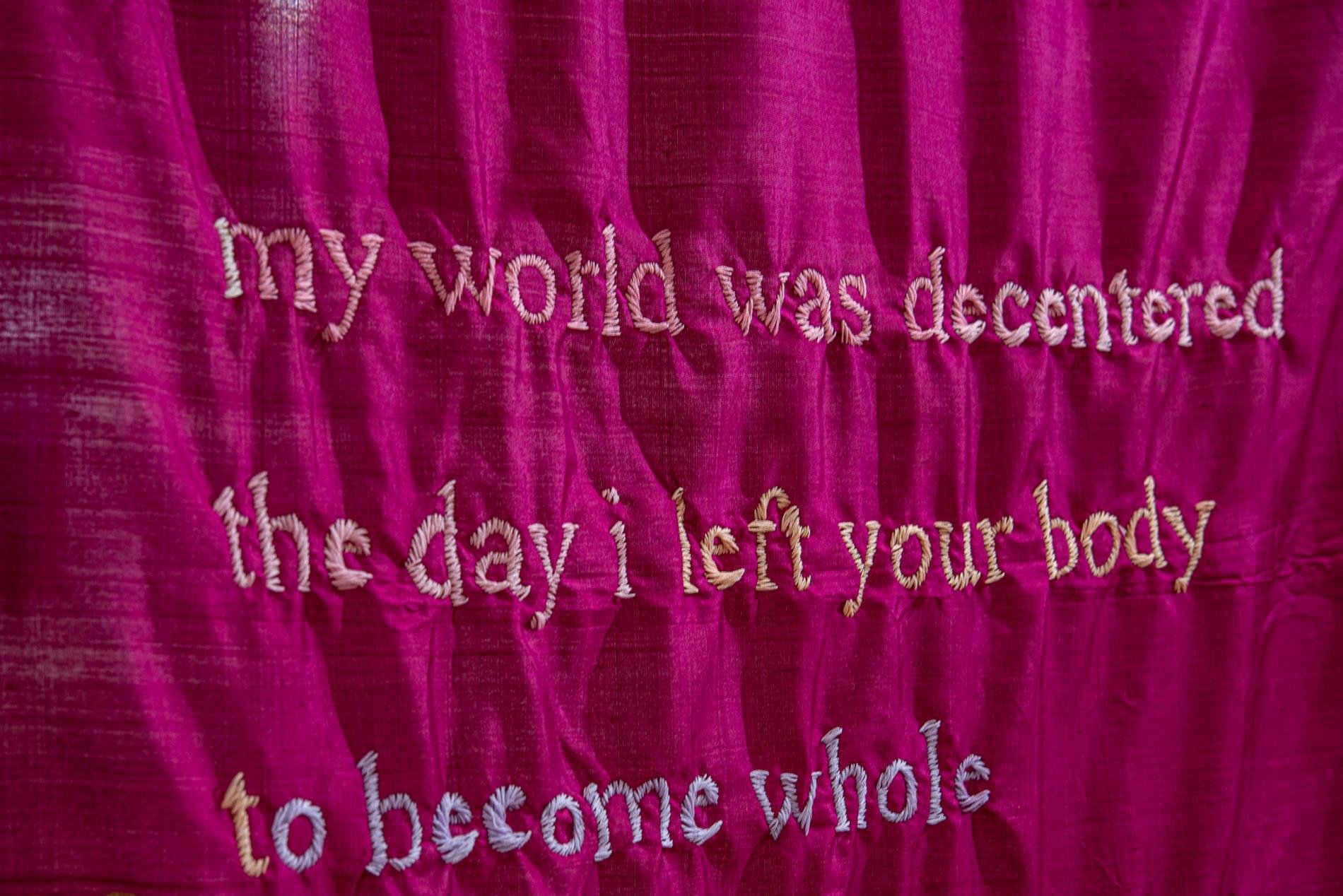2024
Commissioned by the Fashion and Race Database, this essay reviews Beauty Regimes: A History of Power and Modern Empire in the Philippines, 1898–1941 by Genevieve Alva Clutario, reflecting on Clutario’s insights about fashion as a central tenet of American empire and Philippine nation building through “petty” sartorial encounters, beauty pageants, the Philippine embroidery industry, and Filipina convict labor.
This research project celebrates Philippine textile and weaving art. It features interviews with 3 artists, a basahan weaving workshop, an image catalogue of contemporary Filipinx/a/o textile artists, and a list of resources to learn more about Indigenous and historical Philippine weaving traditions. This zine was created by the art collective habi habi po (Norwin Anne, Maria Patricia Abuel, and Bianca Garcia).
Commissioned by the Fashion and Race Database, this essay is an educational text that describes the history, function, appropriation, and influence of the malong, a multipurpose tubular garment woven and worn by various Indigenous Peoples in southern Philippines (Mindanao and the Sulu Archipelago). This essay is part of FRD’s Objects That Matter series.
Commissioned by Canadian contemporary art and criticism publication C Magazine, this text is a review of artist Julius Poncelet Manapul’s solo exhibition “SILA/SIYA/AKO” curated by Marissa Largo at A Space Gallery in Toronto, Ontario.
This photographic essay documents the creative process and emotional catharsis of Bianca Garcia’s textile art BAGYO. It is featured on pages 28-31 in The Critical Pulse Issue 8 (guest edited by Brigid Trott), which explores how extending the life of textiles connects to art, culture, community and the self, as well as fashion sustainability.
2023
to feel at home in my clothed body
Commissioned by Hamilton Artists Inc., this creative essay contemplating rituals and textiles accompanies the Sep 6 - Oct 28, 2023 exhibit (No)Body, which features abstract representations of the body through textiles by artists Laura Honsberger, Alana Morouney, and Par Nair.
Made in the Philippines: An Interview About Community Care with Vintage Fashion Shop Glorious Dias.
Featured in Border Garments: Fashion, Feminisms, and Disobedience (a special issue of Fashion Studies Journal that highlights radical fashion activism in non-Western/global majority countries), this article traces the community care and creative collaboration that infuses the Glorious Dias rework process of vintage textiles. It combines historical research, artist background, visual analysis, and interview insights.
2022
Queering Traditions, Decolonizing Queerness
For a queer diasporic subject, to participate in your culture is to (re)create it. To expand it and contribute to its inevitable evolution. Often looked down upon as an act of spoiling, this impure process of creation—this doing—is “nothing short of the actual making of worlds” (Muñoz, 1999). This literature review documents “queer ritual innovation,” a worldwide phenomenon in which queer people of colour innovated rituals that used and transformed the exclusionary machinations of heteronormative and/or racist elements into radically new rituals that affirmed and empowered multiple-layered minority identities.
Beauty to Be Recognized: Making the Fashion Show Accessible
This chapter of the book Fashion Education: The Systemic Revolution is a collaborative, critical reflection by Ben Barry, Avalon Acaso, Robin Chantree, Johnathan Clancy, Bianca Garcia, and Anna Pollice about the creation of an accessible fashion show as part of a fashion education curriculum.
2019
Imagining a Future of Disposability: Paper Fashion
Grounded in an object-based research study of a 1960s paper jumpsuit from the Fashion Research Collection, Bianca Garcia investigates the relationship between the marketing of paper fashion as new technology and the futuristic thinking around outer space in the late 1960s.









